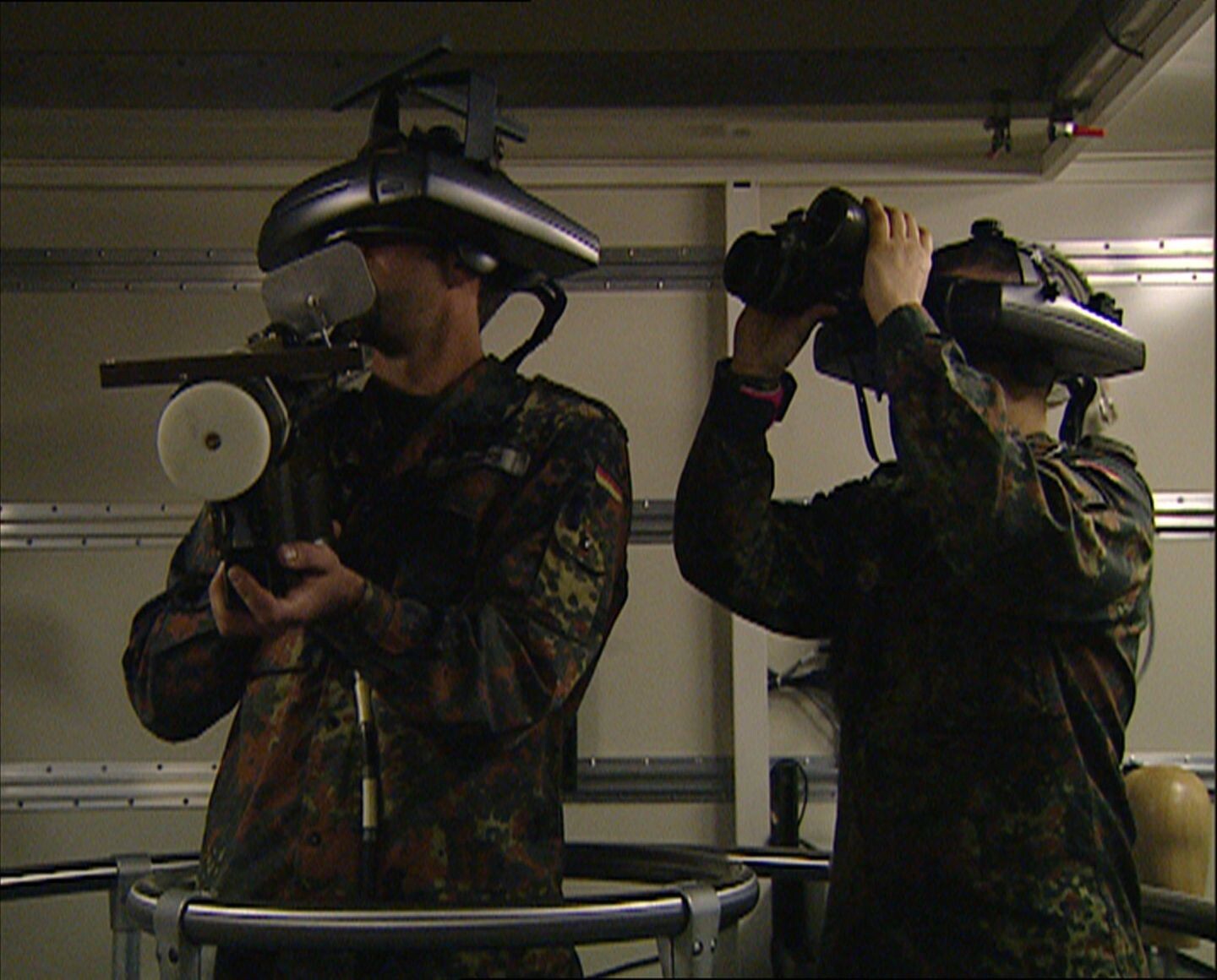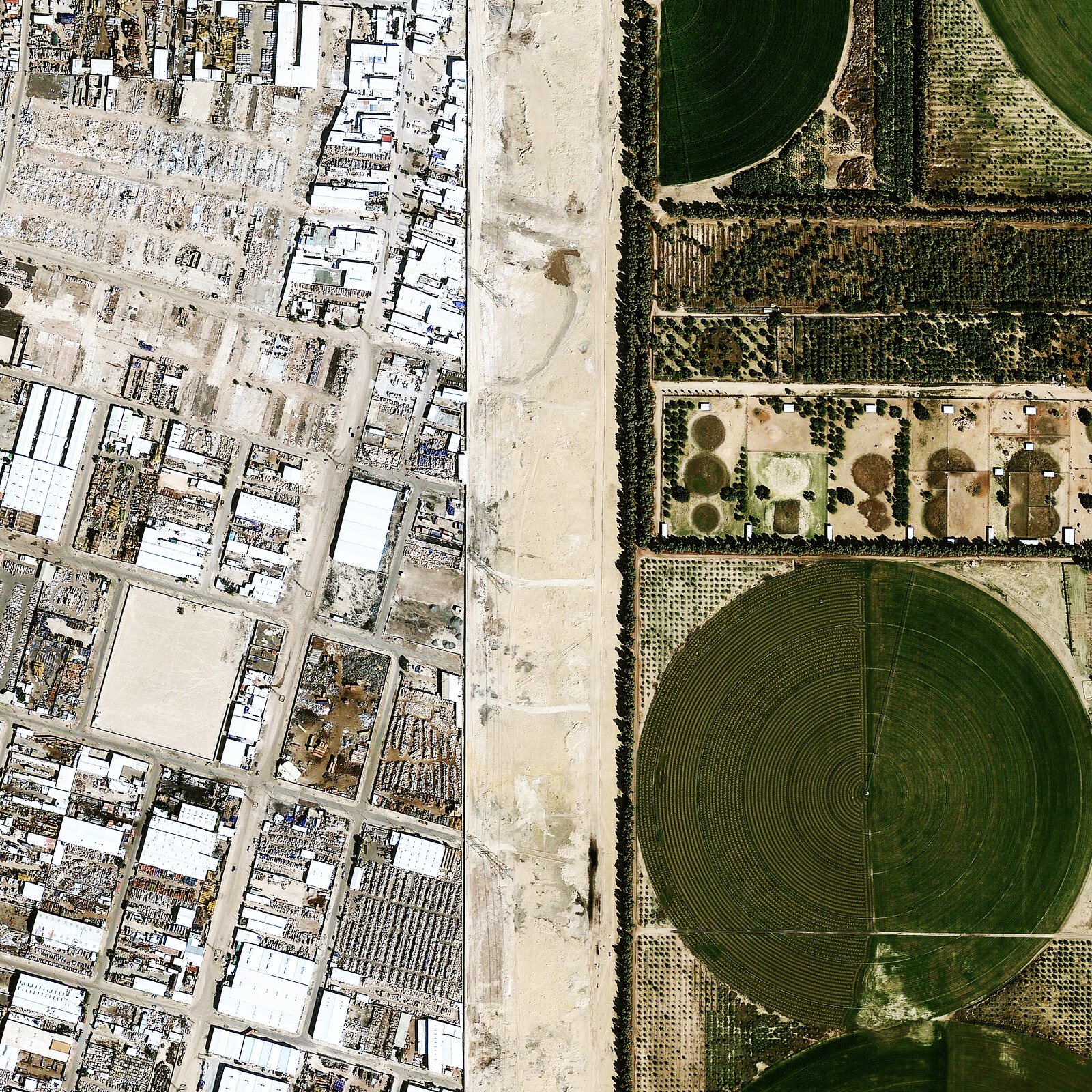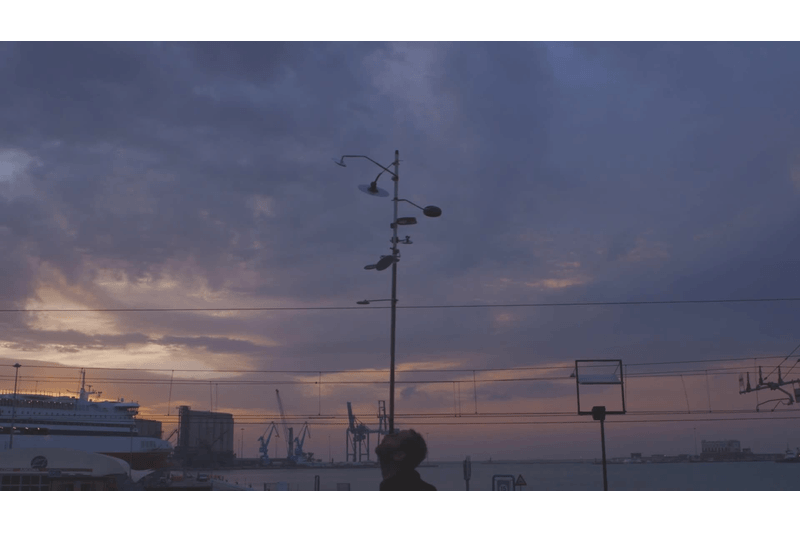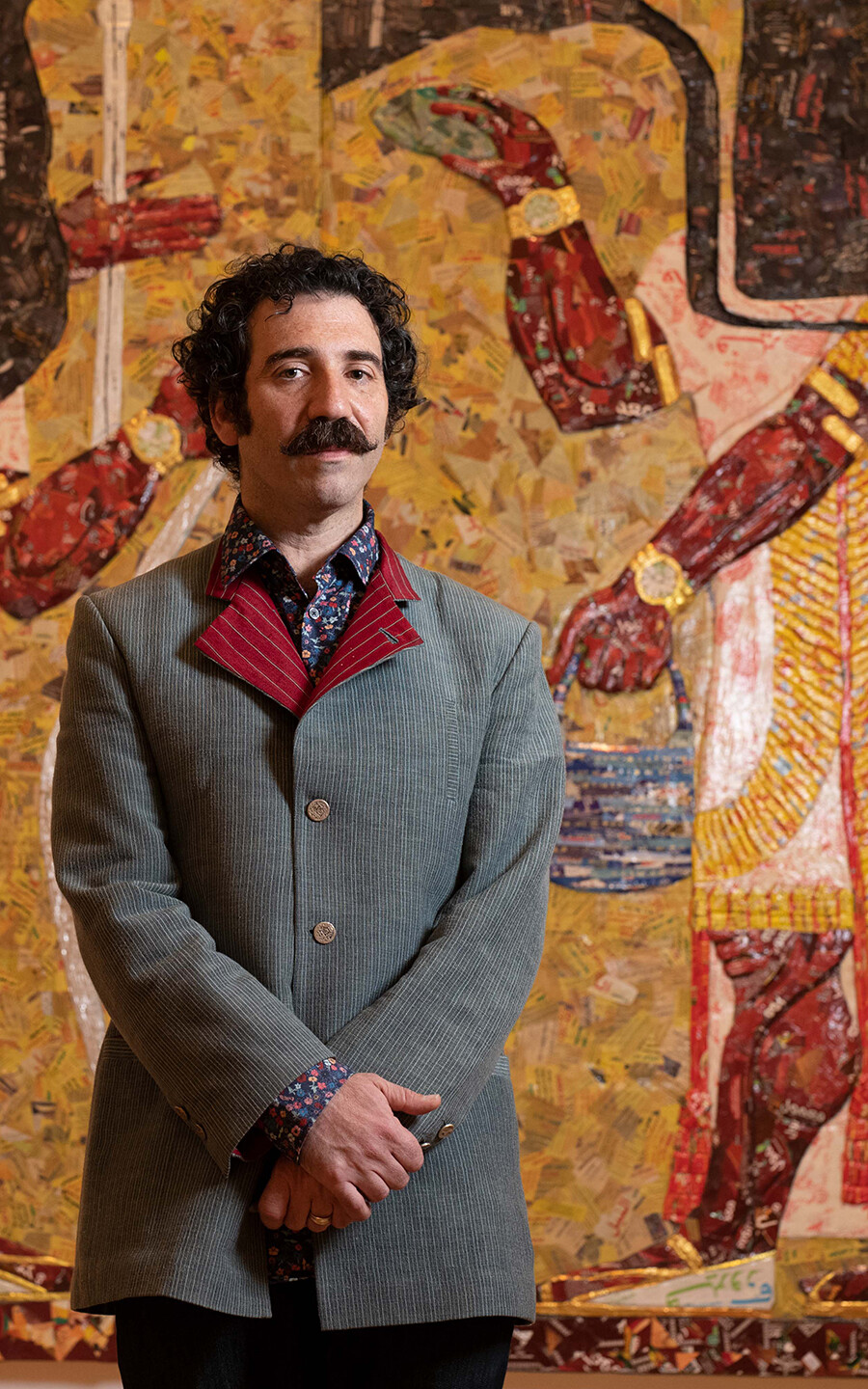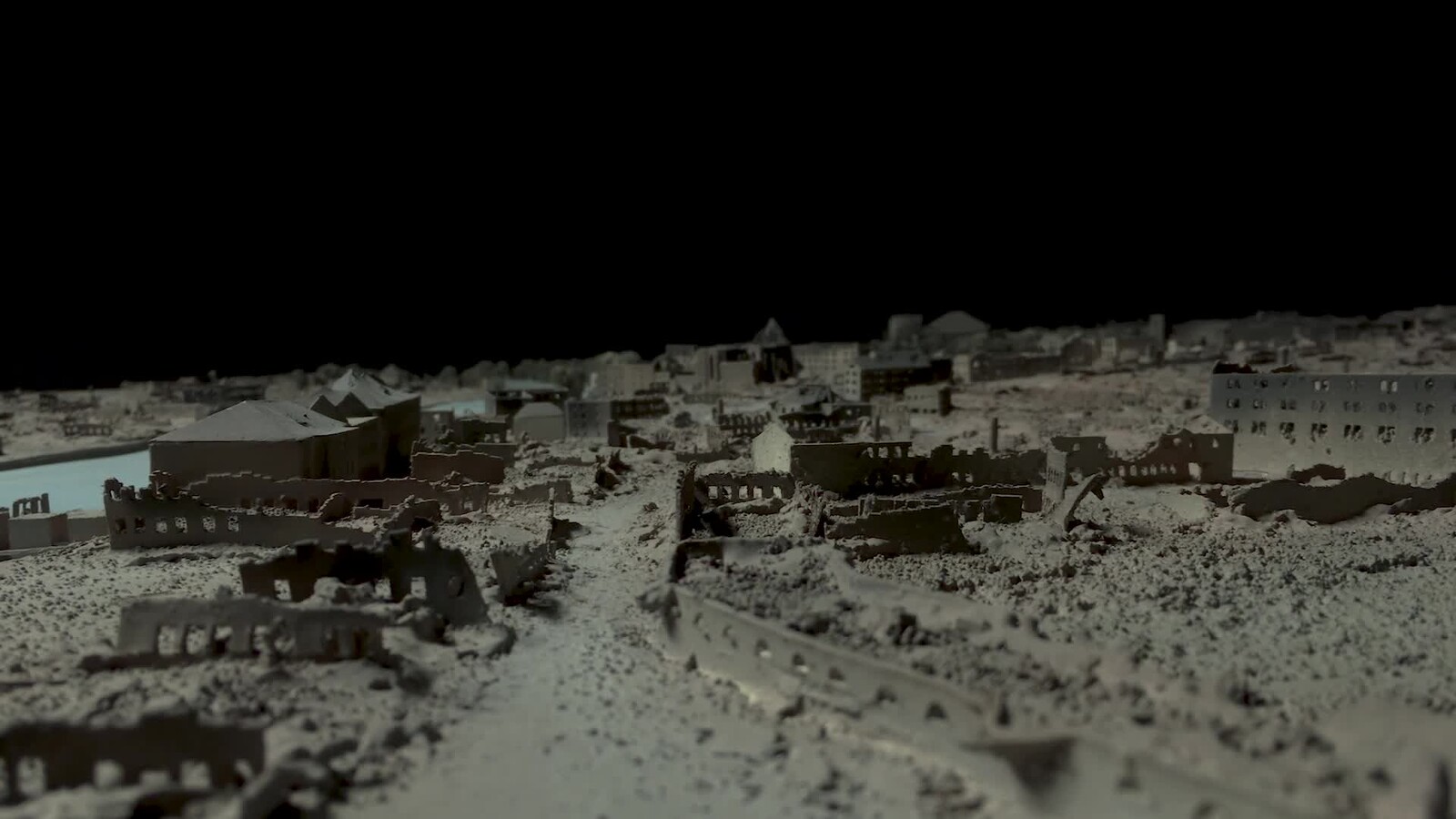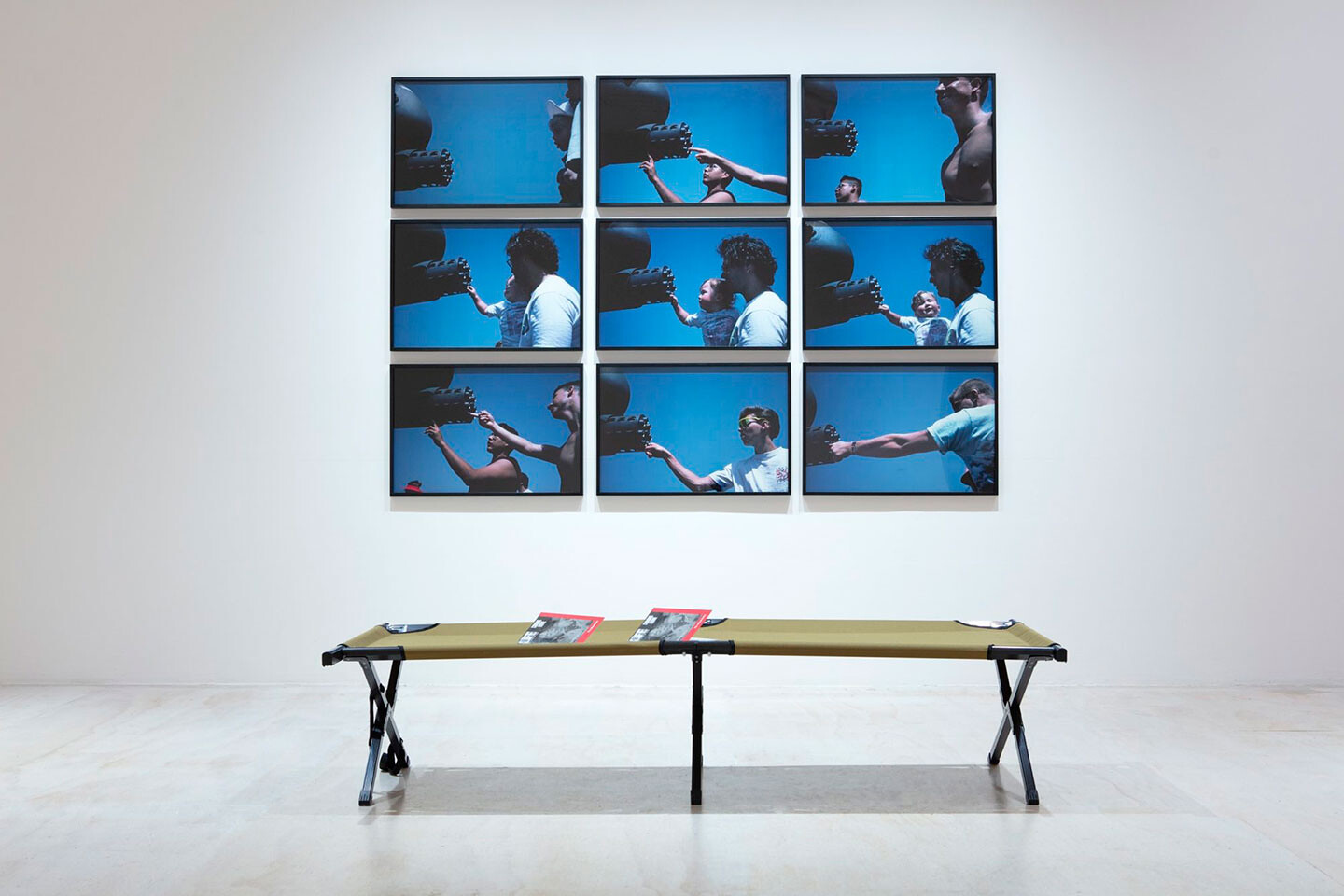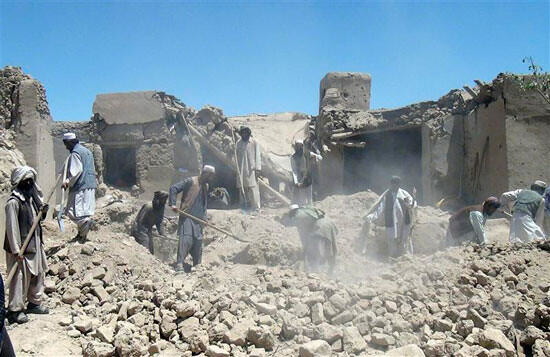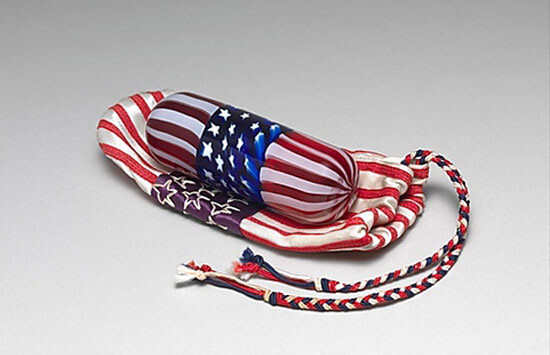War at a Distance
Artists in Iraq, particularly young artists who came of age during the invasion, have never lacked the desire or ability to create art. But globally visible contemporary art, as anyone in the field knows, often assumes a ladder of prestigious art-school attendance, production support, mentorship, residencies, international travel, and social skill, usually in English. At Iraq’s two main art schools in Baghdad, which are free of cost, middle- and working-class students hardly have access to resources reserved for elites. Instead of journalists speculating what Iraqi art could have looked like—or curators failing to engage with artists outside their comfort class—it would be more useful to consider how actually-existing forms of production could be supported and understood. Young Iraqi artists never stopped working, and are informed—formally and informally—by the extensive visual and political histories that stretch from the Sumerian era to Baghdad’s current sprawling metropolis. Which “Iraq” is ultimately being recuperated in “Theater of Operations: The Gulf Wars 1991–2011”?
